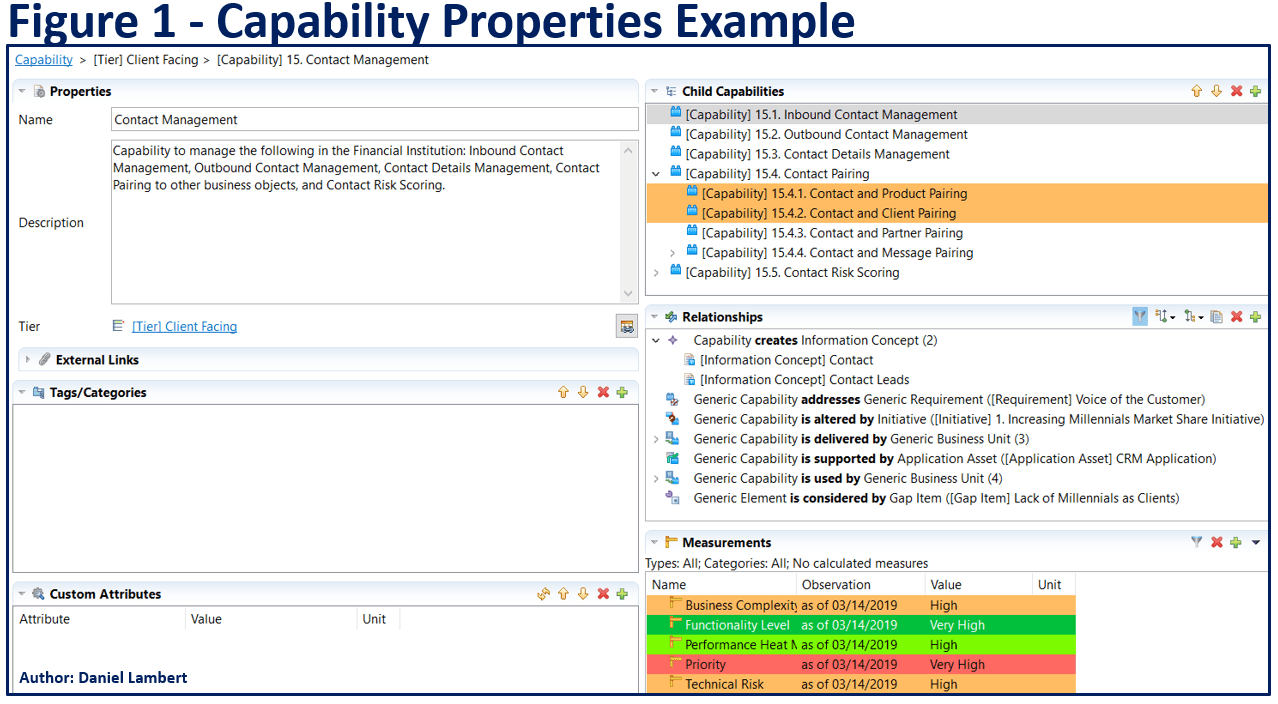➡SQL QUICK REFERENCE - https://lnkd.in/fGMYivX
➡Python for Data analysis - https://lnkd.in/fvKavA2➡Python Quick Reference sheet - https://lnkd.in/fa9wirz
➡Python Machine Learning Tutorial - https://lnkd.in/fteKpTY
➡IBM FREE Cognitive classes for Data Science and Machine Learning - https://lnkd.in/fpp9QFT
➡Data Visualization - https://lnkd.in/f3FXCue
➡Getting Your First Data Science Job - https://lnkd.in/fQGHM2J
➡DATA SCIENCE INTERVIEW QUESTIONS - https://lnkd.in/feKZVhv
➡EXCEL EXPERT IN NO TIME - https://lnkd.in/fXC4dhj
➡10 Minutes to Pandas - https://lnkd.in/fpwaBCq
➡Numpy 100 Exercises - https://lnkd.in/fVX7Khk
➡Quick Reference Sheet (ML , DL & AI) - https://lnkd.in/fEVYMGD
➡Machine Learning Yearning By Andrew Ng - https://lnkd.in/f_E-_pf
➡MUST READ ARTICLES FOR DATA SCIENCE ENTHUSIAST - https://lnkd.in/fwPmurj
➡Coursera Deep Learning Course Notes - https://lnkd.in/fwQRK_G
➡Commonly used Machine Learning Algorithms - https://lnkd.in/f8msx2T













